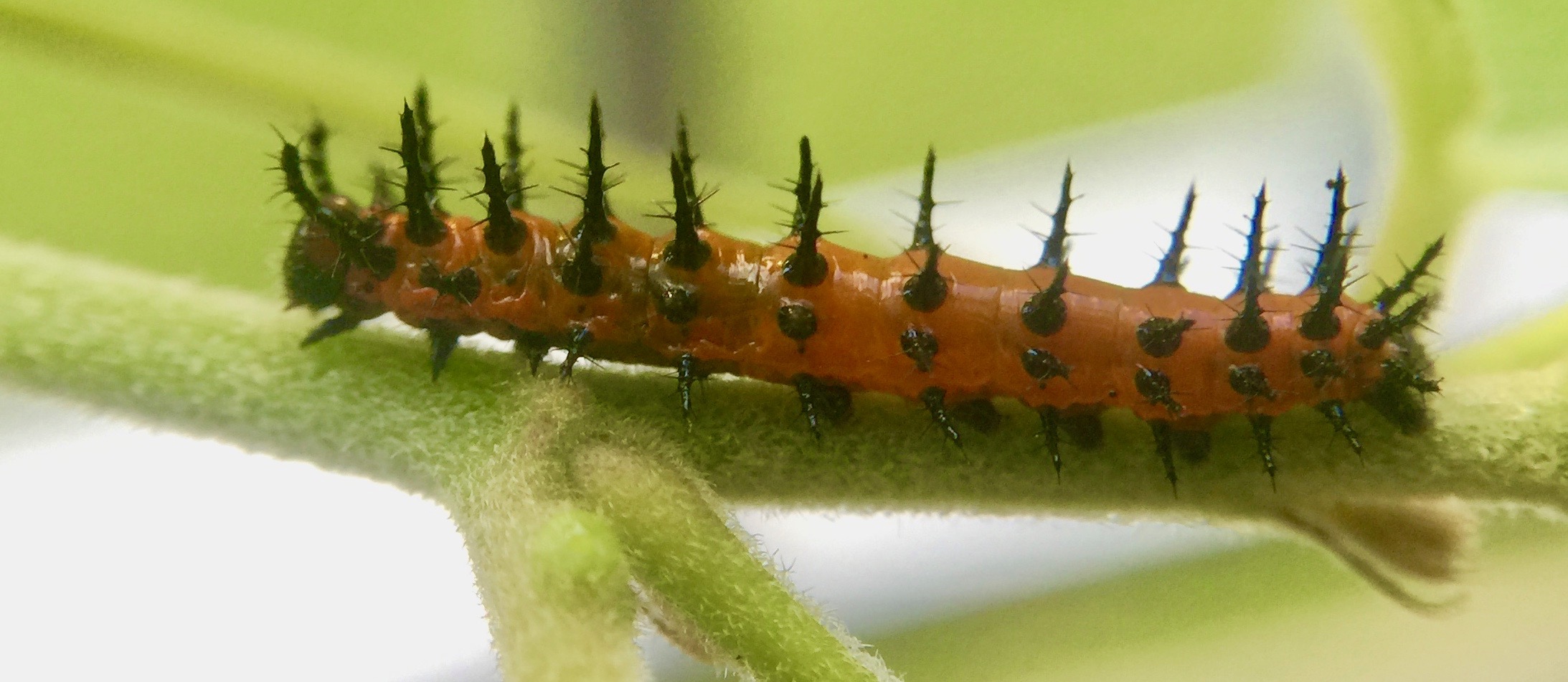Aspiring Evolutionary Neuroscientist & Conservation Landscape Genomicist
Comprising up to 80% of species on Earth, insects pervade nearly every terrestrial ecosystem. Insects, and other arthropods, often display tight functional relationships between themselves and the vegetative species they consume, with plant and insect locked in an evolutionary arms-race to evolve better toxins in plants and more efficient toxin-metabolizing enzymes in herbivores, respectively. Novel research has described the molecular foundations of learning in diverse insects, including bees and fruit flies, and I now aim to investigate the diversity of learning abilities that have evolved across the tree of life.
Insects are also more easily captured, handled, and manipulated relative to charismatic fauna that have traditionally captured public interest. With these ideas in mind, I aim to utilize insects along with cutting-edge functional genomic and transcriptomic techniques to answer questions pertinent to basic and theoretical ecology, conservation biology, neurophysiology, cellular stress and its scaling affect on organisms and populations as a whole, and describing these phenomena in natural systems (i.e. landscape transcriptomics).
Please use the navigation bar above to learn more about my past work, current projects, news, and to see photos from my wanderings while studying entomological evolutionary neuroscience.
Please enjoy your stay at my site and thanks for visiting!
CV - Find out about my background, past work, and one pathway to becoming a professional entomologist/biologist
Research
Check out my current projects on the ecology of insects and other arthropods below






